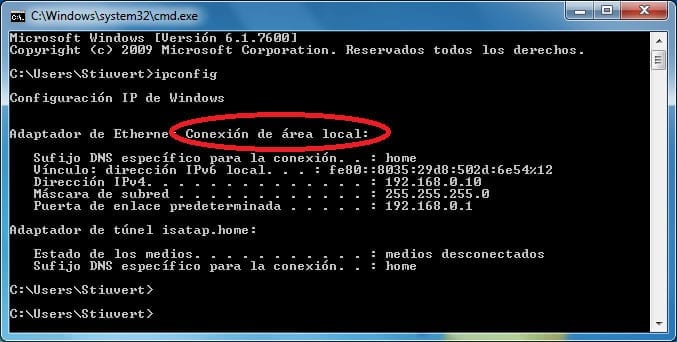For many of us, Adobe Premiere has become one of the most popular programs for doing professional editing on a video. Being an App compatible with Windows platforms and Mac, in it you can make a variety of modifications and add animation in order to make the video much more attractive and entertaining.
In this order, Adobe Premiere has color recordings, specific video clips, visual effects, adding properly separated audio tracks, converting files into various formats, transitions, among others.
In relation to this last function, transitions are one of the most popular techniques among the community of Adobe Premiere, especially for professionals since the transitions allow you to move the clip from a particular video audio to others fluidly, in addition to having a very suggestive vision.
However, not everyone has been able to take advantage of this function, especially beginners because they have not worked in depth with the transitions. Given this, we took on the task of designing a quick guide on how you can attach a transition correctly in Adobe Premiere.
Article Content
What is a video transition?
Before going into detail to explain how you should add the transition in Adobe Premiere, we must first establish what the video transition function is.
In this order, the transition is a technique in the Adobe Premiere program, which allows you to join clips into a complete video. It is usually used with a normal cut of a video until reaching the background. To add it politely, you can make use of some of these ways.
- Fade in and out: Generally this method is used in order to change the scene in a neater and more attractive way.
- Flash light: They are regularly used to represent a passage of time.
- Black screen: It is used to set an interval, or set the end of the video.
How can I place a transition in Adobe Premiere?
So that you can do this process easily, below we explain the steps to follow to apply transition effects.
Step 1: Enter the Adobe Premiere program
For this step, you must enter the program and click on the Premier Pro interface, choosing the effects panel to see each of the available options.
Step 2: Transition Folder
Being in the effect panel, click on the “Video Transitions” folder. Once this is done, select the mode that best suits your project. Likewise, the options that appear may vary depending on the version you have installed. However, among the most common effects are:
- Zoom: It allows you to work in a specific area of the screen, with this you can zoom in and out of the scene.
- Slides: With the help of this effect you can make a scene float above the previous one.
- Swept: It is one of the most interesting effects, since it allows one shot to replace others, while moving from one frame to another.
- Iris: It is one of the new artificial effects in Adobe Premiere, which allows you to open and close the camera iris.
In this line, the effects folders contain transitions with similar styles.
Step 3: Place the transition in the video
To place the transition you must click on the mode you want and hold it for a few seconds, then you must drag it to the video and drop it in the program's editing panel.
When you drag the mode in this panel, you must select it again and then take it to the part of the video to which you want to add the transition. You can place it between the clips or at the end of it.
You can also click on the edges of the transition to lengthen or shorten it as needed. In relation to this, you must keep in mind that each transition must have a predetermined length of time, so that you can adjust their positions without problems.
Likewise, if you have not been able to use Adobe Premiere's transition technique correctly, you can use other programs so that you can add this effect more easily and quickly.

Expert in SEO/SEM and communication on social networks.
CEO at tecnologia.net and passionate about everything related to technological progress






